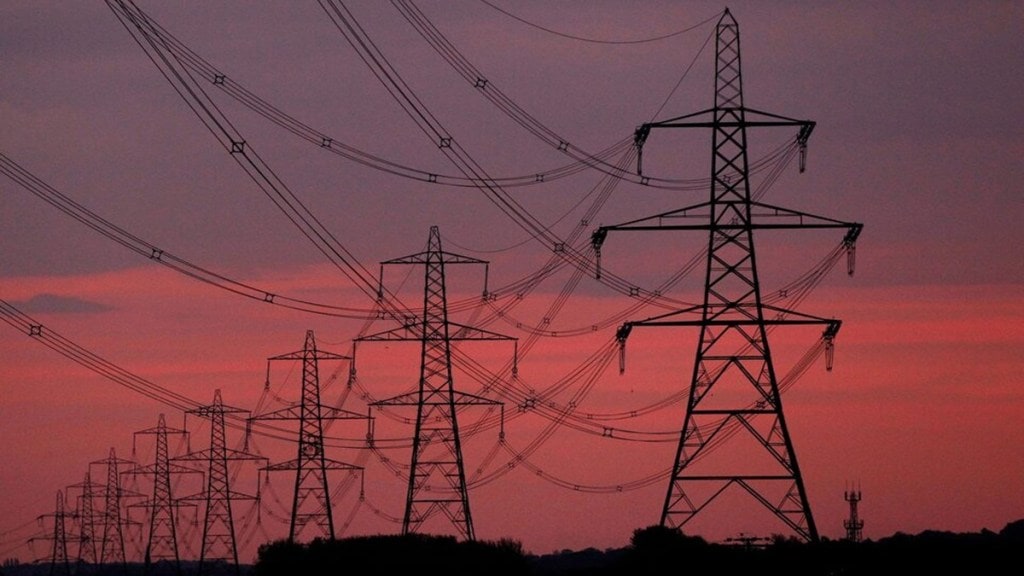The Central Electricity Regulatory Commission’s decision to implement market coupling has created a buzz in the power market. However, key domestic brokerage house, JM Financial, highlighted that the “target to implement market coupling by January 2026 is very ambitious”, and implementation will not be possible before December, 2027.
According to the JM Financial’s report, “implementation of power market coupling requires upgrading and integration of software, modification in infrastructure for compatibility.”
Along with that they also highlighted that the “formation of data sharing protocol, and consensus on financial settlement mechanism and changes in relevant regulations,” are needed.
Benefit of Market coupling
The moot point about CERC’s order to implement market coupling in Day Ahead Market segment is what’s the big benefit of the exercise? JM Financial pointed out that, “Anticipated benefits (price, volume, transmission) of market coupling are not explicitly evident in the Indian context.”
A shadow pilot study by Grid-India revealed that DAM coupling resulted in an overall welfare gain of just 0.3% in price and 0.2% in volume. The volume of electricity that could not be cleared as % to unconstrained cleared volume was just 0.10% in FY24.
Why is market coupling being implemented
The obvious question why is it being implemented then? The power sector is transforming from certainty to uncertainty in both demand and supply resulting in higher price volatility. According to JM Financial, “the zero tariff on May 25 triggered the need for hedging against volatility, cost protection for buyers and revenue predictability for sellers.” So, there is a “spurt of policy initiatives introducing new trading mechanisms like derivatives, peer-to-peer trading, Virtual PPAs and India Energy Stack (IES) where exchanges will play a vital role,” explained JM Financial.
What does it mean for IEX?
That obviously leads to the next point that what does this mean for IEX share price, given the company has nearly 99% market share in the DAM segment,.
According to JM Financial, “The customer centricity and technology capability of IEX is far superior to that of PXIL and HPX. We expect IEX’s market share in DAM to gradually taper from 75% in FY28 to 60% in FY30.”
However, the new trading mechanism “will add a new volume stream, leading to share of short-term power traded increasing from 7.7% in FY25 to 10% in FY30 with a possibility of c.15% discount on trading margins,” explained the brokerage house putting the changes in perspective for the IEX share holders.
“Theoretically, it can be deduced that its market share will decline to 33.33% in due course of time…IEX has around 170 employees, nearly 2x of each in PXIL and HPX. Given the challenges in swift implementation of coupling and strong capabilities of IEX, the market share of the company will gradually taper from 75% in FY28 to 60% in FY30 in a business as usual scenario,” the note added.
JM Financial on IEX share price
What does all of this mean for the IEX share price? Well, JM Financial recommends a Hold on the shares with a target of Rs 149 per share. “Given the likely volatility in the near term, we value the stock at 35x FY30 EPS, which is discounted by 3 years to arrive at FY27 target price of Rs 149 per share,” they explained.
Growth momentum continued in Q1FY26: IEX achieved volumes of 32.4BU (15% YoY). Early monsoon led to a drop in DAM / RTM prices to Rs 4.41/unit (-16% YoY) / Rs 3.91/unit (-20% YoY). Notwithstanding that, the Q1 revenue for IEX jumped 15% YoY.
